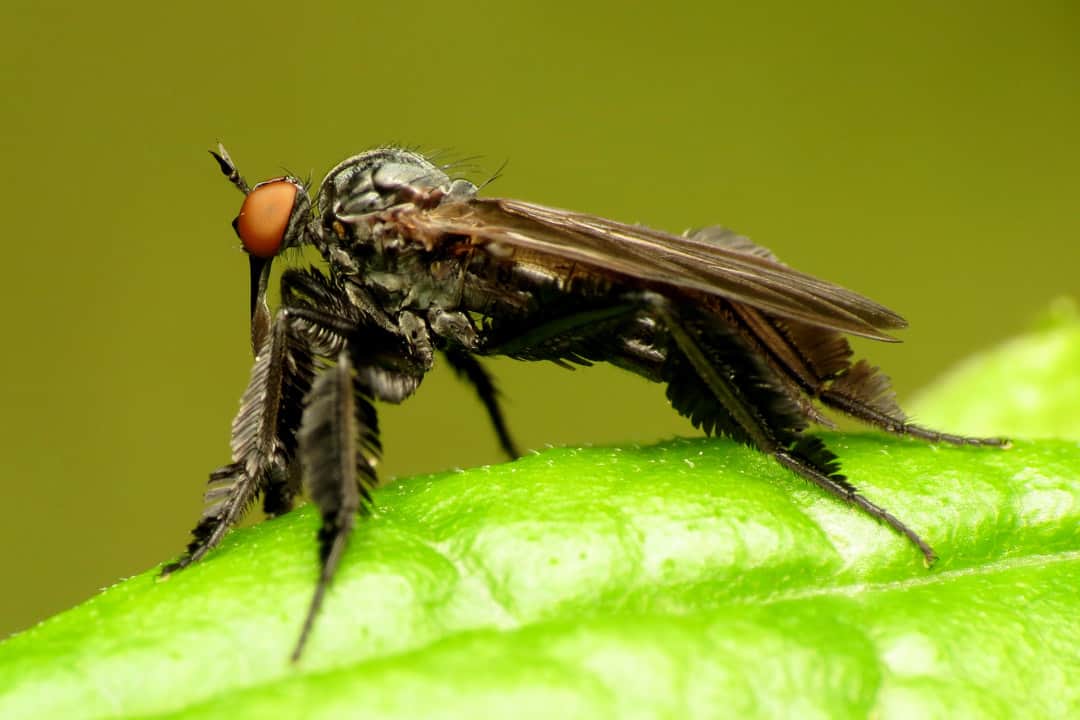For female North American dance flies, size definitely matters.
A recent UTM study discovered that, for North American male dance flies, sexual attraction is highest when female mates display large inflatable abdominal sacs.
The study was published in Proceedings of the Royal Society B by UTM postdoctoral fellow Rosalind Murray, UTM biology professor Darryl Gwynne, U of T biology lecturer Jill Wheeler, and University of Stirling biologist Luc Bussiere.
To attract male dance flies for fertilization, the researchers found that female flies display signs of sexual ornamentation. The female flies use valuable energy reservoirs to expand their abdominal sacs, which is appealing to their male counterparts.
In cases where female dance flies have smaller abdominal sacs, they attract males flies through larger leg scales.
When discussing the reasoning behind her study, Murray said she “wanted to do an experiment to see if these ornaments were actually attracting the males and if they were working in the same way we typically see male ornaments — so, bigger is better.”
Why are the female flies using large amounts of energy to attract their male counterparts?
According to Murray, the male flies provide them with a “food gift,” because the female flies have lost their ability to hunt, “so the males go hunting and they bring, usually another fly or insect. They kill it and they present it to the female in exchange for mating.”
The research took place over a 10-day period on an island in Credit River last June. North American dance flies are peculiar creatures that only appear for one hour at dawn and another hour at dusk.
As such, to complete the field research, Murray would wake up before sunrise to study the flies for an hour when they came out.
During the day, Murray would analyze the data collected from the morning, and then she would venture out again at 8:30 pm to study the flies until sundown.
To test her theory, Murray created models that imitate female shapes and examined the impact of the two ornament types.
The research is particularly significant because it demonstrates a stark shift in our understanding of the animal kingdom.
Typically, research has suggested that male animals use their energy to attract female counterparts. Much of Charles Darwin’s research, for example, focused on this phenomenon of sexual selection between mates.
However, Murray and Gwynne’s research turns this idea on its head.
“There are certain ways across animal kingdoms that males and females behave… It’s rare that you do find the vice versa, whereas in these flies, the subject of the paper, females are displaying very male-like traits,” Gwynne said. “They have reversed roles.”
Within the field of evolutionary biology, Murray’s study is the first that demonstrates this kind of female sexual ornamentation. “It’s such a bizarre system,” Murray said.
“We’re looking at similar questions among many species of dance flies, thinking about how different species have evolved these ornaments.”
— With files from Srivindhya Kolluru


